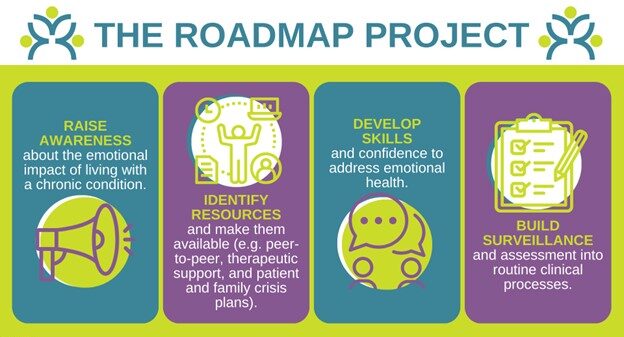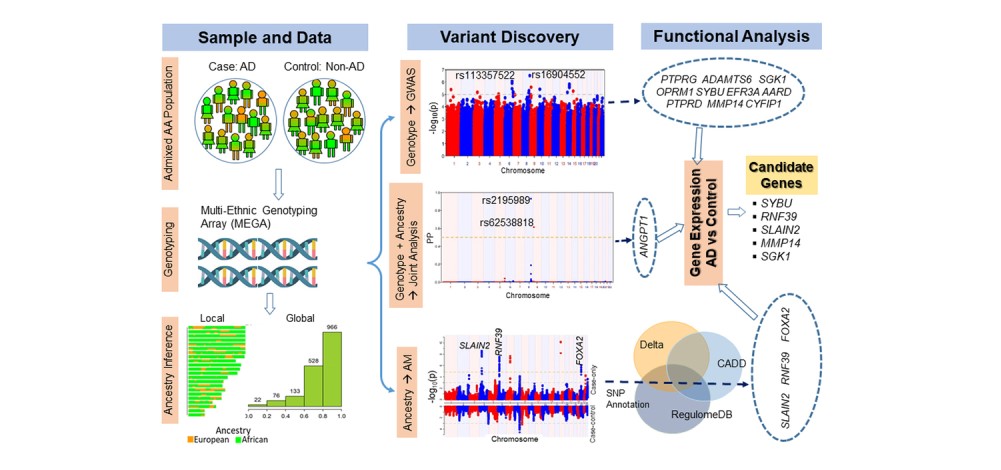New Screening Tools to Help Identify Patients at Risk of Suicide
Post Date: July 12, 2023 | Publish Date:

After two years of planning and research, Cincinnati Children’s has begun rolling out new, standardized processes for caregivers to screen for suicide risk in adolescents and young adults.
Cincinnati Children’s has been partnering with other pediatric organizations across Ohio, as well as the Evidence-Based Decision-Making (EBDM) team, to apply the framework for Zero Suicide, which is the foundational belief that suicide can be prevented among those already under the care of health and behavioral health systems.
“Through research, we’ve come to understand better the factors associated with both elevated risk and with reduced risk—we call them risk factors and protective factors—that give us some information about which young people are at higher risk for suicide,” says Brian Kurtz, MD, the lead Cincinnati Children’s partner psychiatrist working to implement this process improvement.
“Unfortunately, there are lots of barriers to our ability to accurately predict suicide, but one of the most powerful tools we do have is to set up systematic screening so that we can identify elevated risk not just in those who come to us reporting suicidal thoughts, but also in those who may not report them until we ask,” Kurtz says. “Once this initial screening is completed, we can devote more time and energy to assessing the risk with greater detail in those who need it and collaborate with the patient and caregivers using a tool called a safety plan that is tailored to their individual situation.”
The team decided on a two-tiered screening and assessment process. Screening utilizes the National Institute of Mental Health’s (NIMH) screening tool, Ask Suicide-Screening Questions (ASQ), a set of four to five yes or no questions administered in a medical setting. When screening is positive, using a tool called the Columbia-Suicide Severity Rating Scale (C-SSRS) allows for a more detailed determination of risk.
Creating a standard screening process was only the first step. Beginning in July, safety plans for patients are becoming an integrated, electronic part of EPIC and easily accessible by care providers and families in MyChart. Additionally, a snapshot view of suicide assessments, scores, visit dates, reporting clinicians, and active safety plans will be available in EPIC throughout Cincinnati Children’s.
“With the recent rollout of screening for suicide in children 8 and older across all our levels and sites of mental health care, and tools within the medical record to help facilitate safety planning, we are increasingly able to ascertain and respond to the needs of our patients and families,” Kurtz says.
Screening for suicide risk is a powerful and necessary process at Cincinnati Children’s. If you or someone you know is struggling with thoughts of suicide, please call 988 or visit our website for additional suicide prevention resources.





